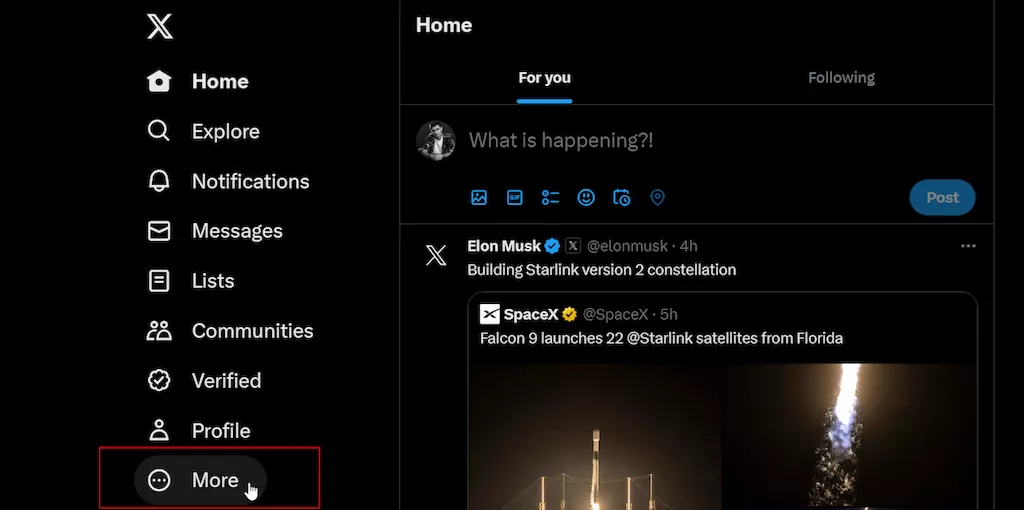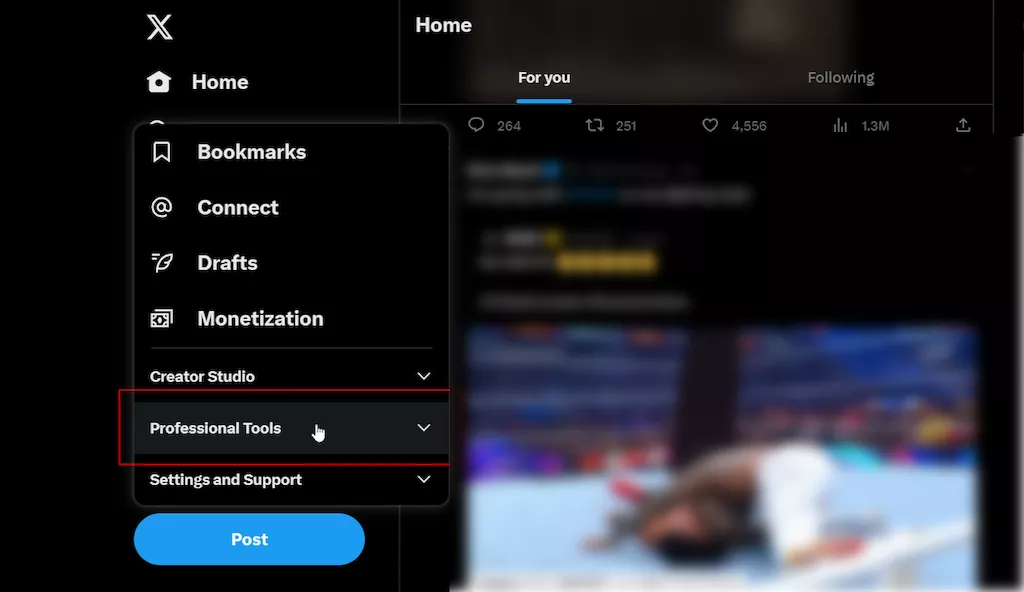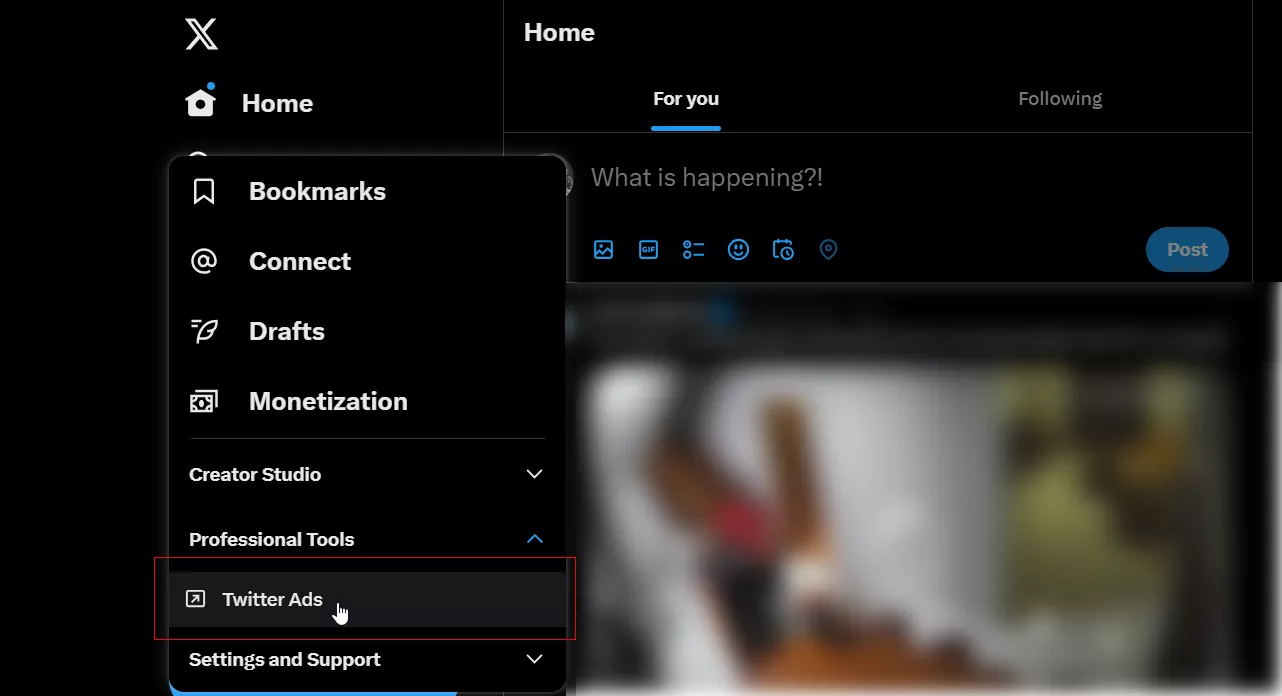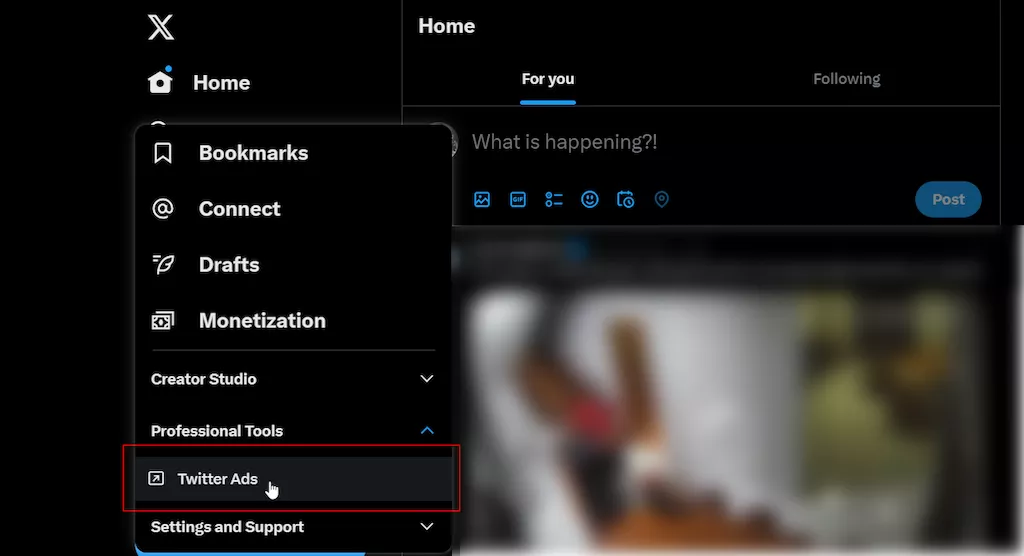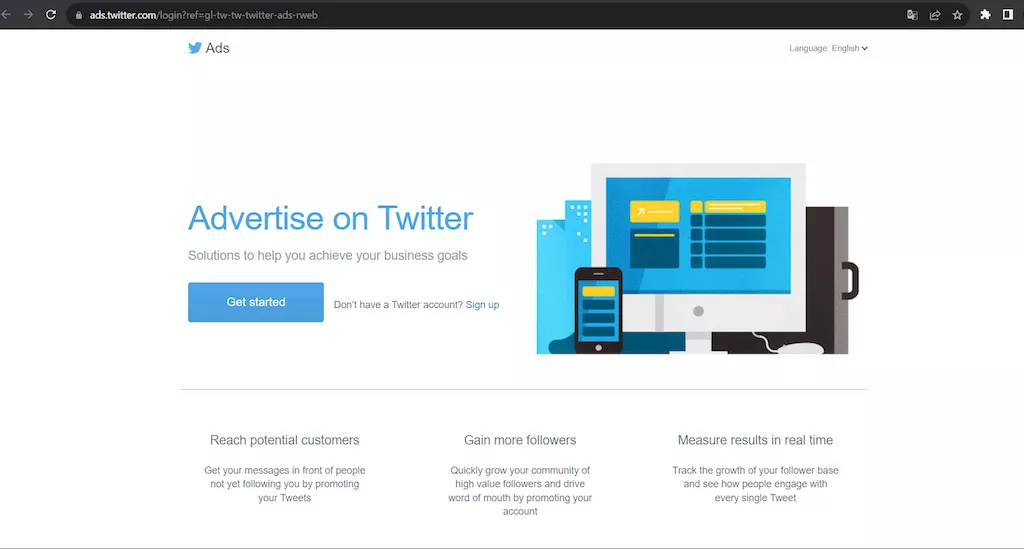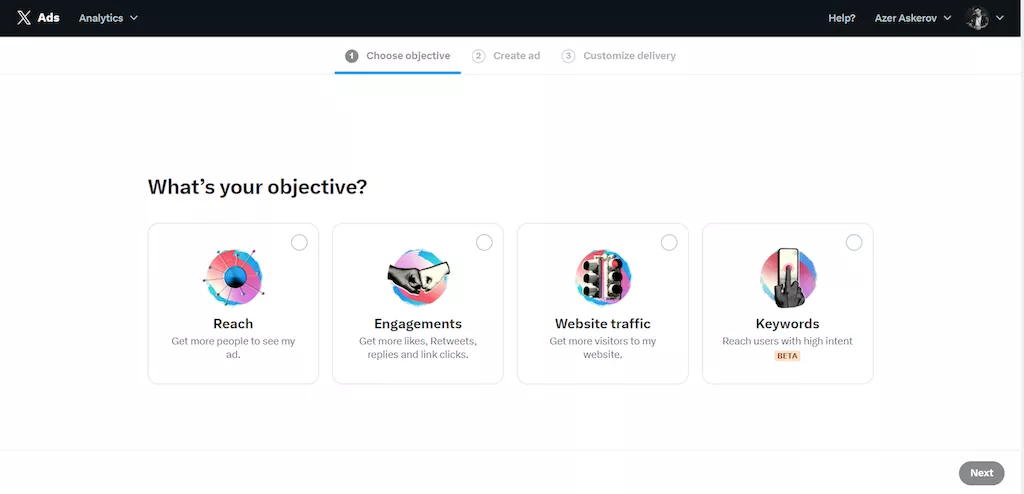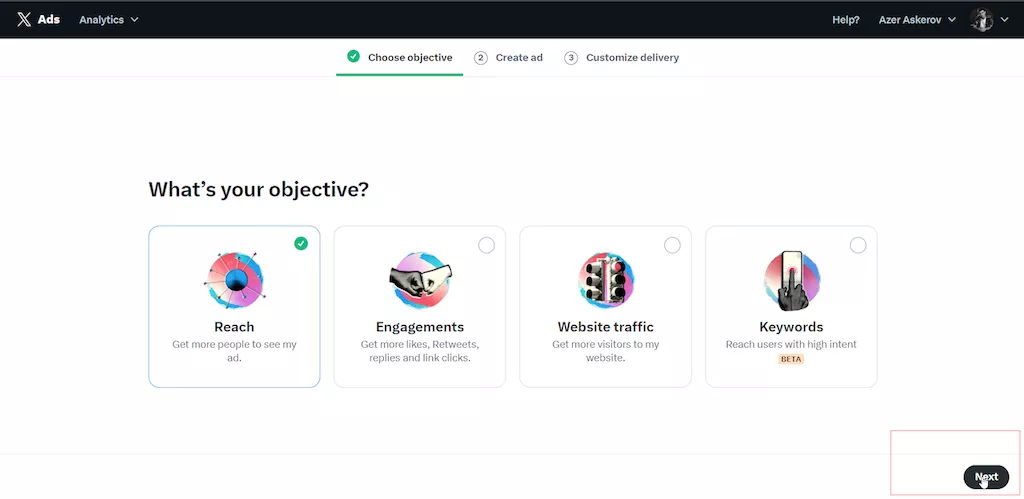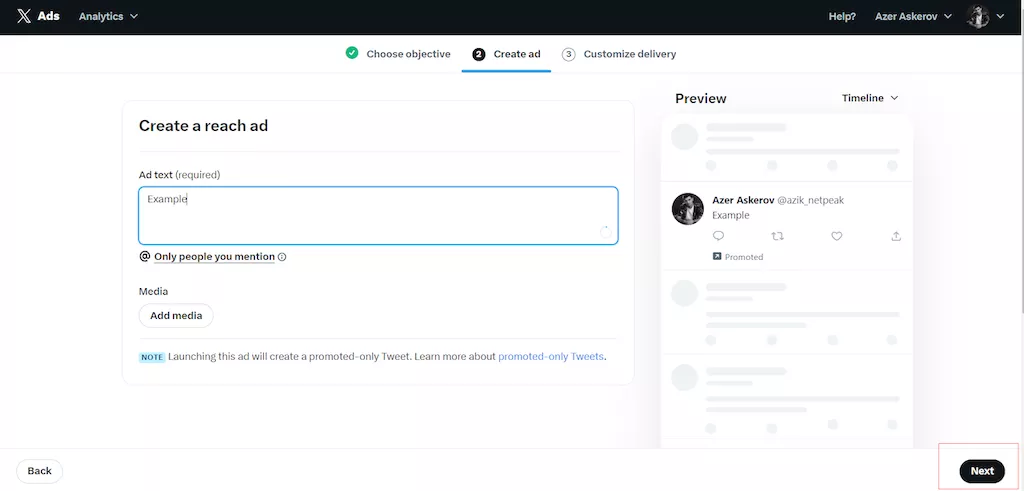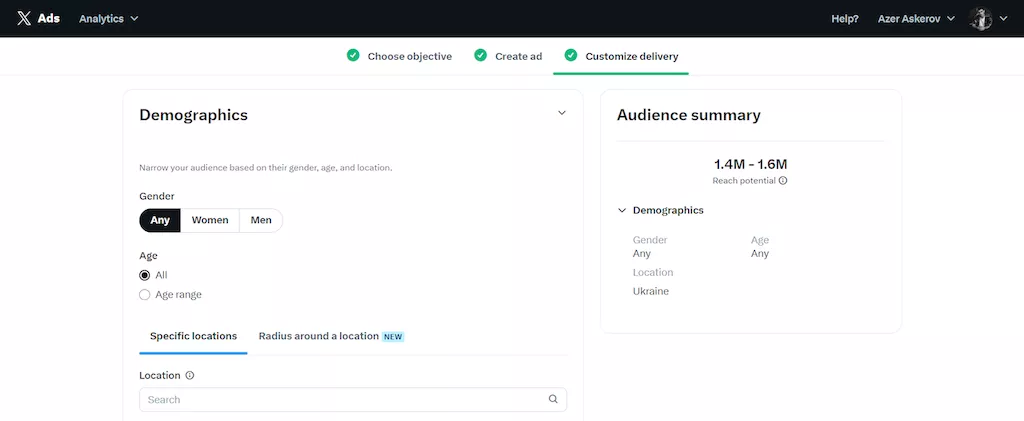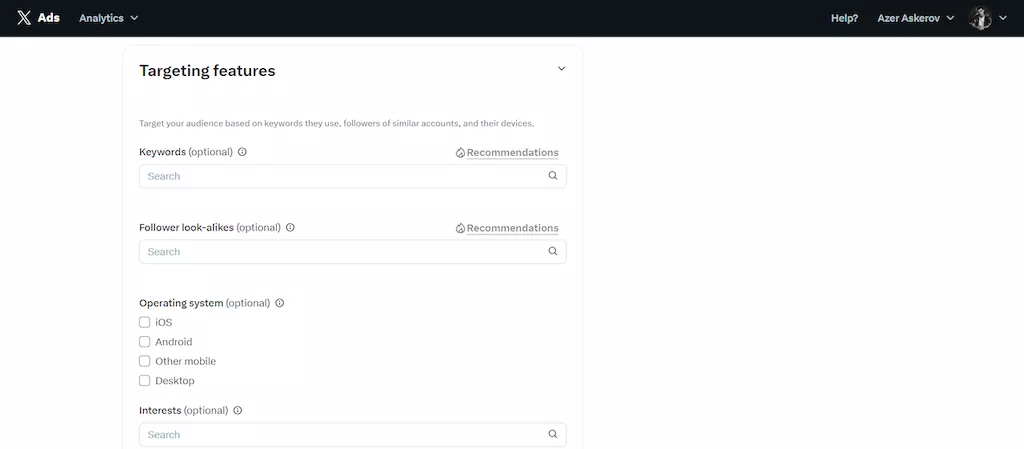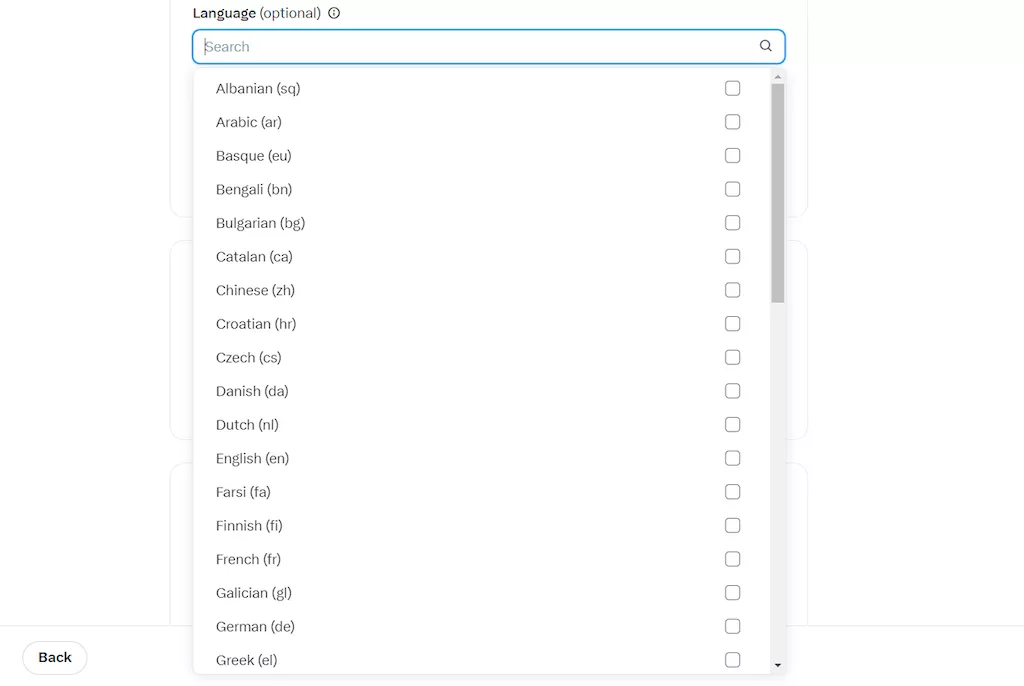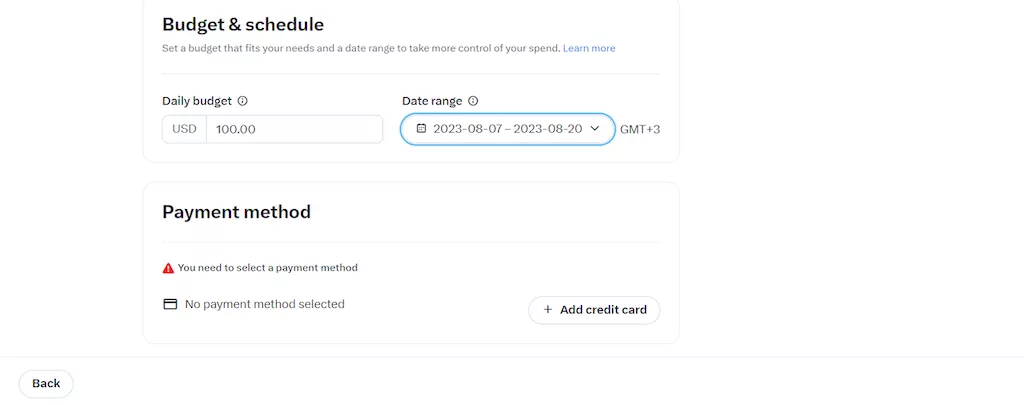Advertising on Twitter: What Is It and How to Сreate the First Campaign
As we already know, Elon Musk initiated the rebranding of Twitter in the summer of 2023. Now, this is called «X». Even the good old bird familiar to us no longer flaunts on the website panel; now, there is a new company logo. But despite all the changes, Twitter remains a
You might have absolutely zero experience with Twitter Ads, but at the end of this article, you will leave with some clear ideas about advertising at Twitter.
Why Twitter Ads?
Well, there are 450 million active subscribers on Twitter at the moment. On top of that, there was 167 million dollars worth of advertising spent last year, an increase of 300% over previous years. It shows us that other companies and individuals have realized the opportunity that exists on Twitter.
In addition, the CPC and the CPM on Twitter are incredibly low, which are essential parameters for business owners in terms of ad spend.
It is a fantastic place to spin up a campaign, test copy, test ad images, and generate a lot of traffic at a cheap price. You might want to test a new app you want to launch and the service you want to offer or just promote a product you sell.
How to create the first campaign in Twitter Ads
Targeting on Twitter — you can very specifically
1. First of all, you have to Log In to Twitter.
2. Then, look at the navigation menu on the left and click the «More» button.
3. And then, under the «Professional Tools» button, you will find Twitter Ads.
4. The next step is to choose Twitter Ads itself.
5. Then, you will land on the Ads Cabinet creating page, where you should select the main parameters for setting up the cabinet and log in by pressing the «Get started» button.
6. The next step is to choose the objective. Choose one of these that fits you the best way.
7. As we go on Reach, we press on Next.
10. You can relate your ad to some relevant keywords as well. It also shows the coverage of specific keywords. Furthermore, you can choose the device you target, iOS-wise, and select the exact iOS version.
11. Interests are also represented as a targeting option.
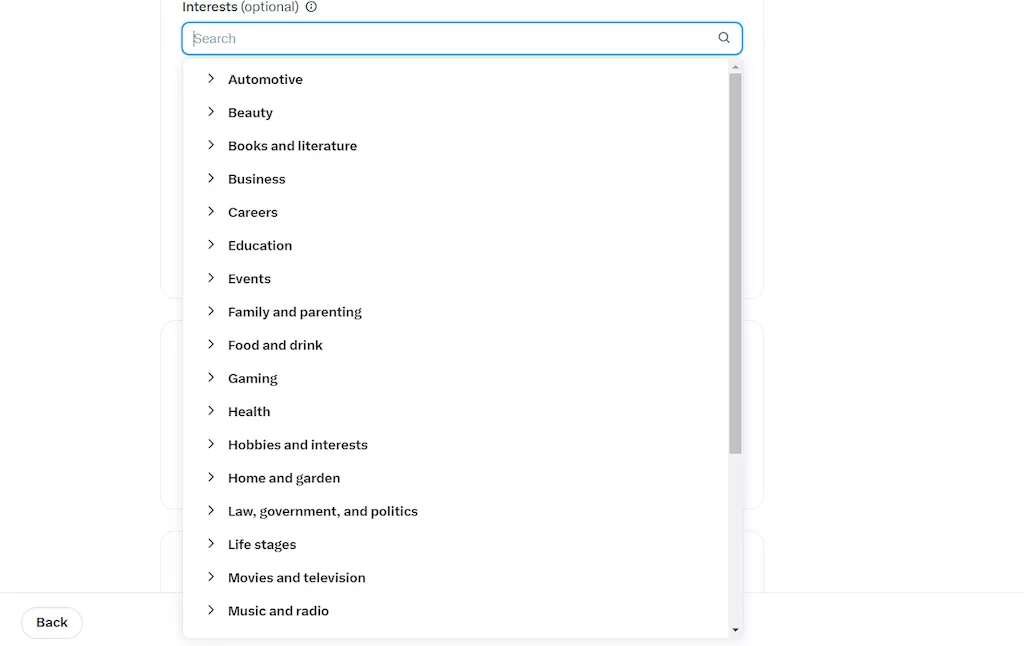
12. You can also choose the Language you are targeting if it’s needed.
13. Eventually, it is the advertising schedule and billing specifying the payment method.
Four types of objectives for Twitter Ads
1. Reach
The «Reach» objective is designed to maximize the exposure of your tweet or ad to as many unique users as possible within your target audience. This objective is ideal for increasing brand awareness, expanding your reach to a broad audience, or promoting a time-sensitive event or announcement
When you select the «Reach» objective, Twitter will show your ad to as many relevant users as possible, aiming to minimize the duplication of impressions among users to maximize unique reach.
2. Engagements
The «Engagements» objective encourages users to interact with your tweet or ad. It includes actions such as likes, retweets, replies, and clicks on links within the tweet. This objective is suitable for promoting engaging content that encourages users to take immediate action. If your primary goal is to increase engagement with your brand or content, the «Engagements» objective can be an effective choice.
3. Website Traffic
The «Website Traffic» objective focuses on driving traffic to your website or a specific landing page. This objective is beneficial when you want to increase visits to your site, promote a particular product or service, or generate leads through a website form. By selecting this objective, Twitter will optimize your ad delivery to users most likely to click on the link in your tweet and visit your designated website.
4. Keywords
The «Keywords» objective allows you to target users based on specific keywords or phrases they have recently tweeted or engaged with on Twitter. This objective is suitable for reaching users interested in particular topics, products, or services related to your business
When setting up a campaign with the «Keywords» objective, you can specify relevant keywords relevant to your target audience. Twitter will display your ads to users whose activity matches those keywords.
Pros of Twitter Ads
1. Huge user base. Twitter boasts a massive user base, with millions of active users worldwide. This vast audience gives advertisers significant potential reach and the opportunity to connect with diverse demographics.
2. Targeting options. Twitter offers various targeting options, including demographics, interests, behaviors, and custom audiences. Advertisers can fine-tune their campaigns to reach specific groups of users who are more likely to be interested in their offerings, increasing the effectiveness of their ads.
3. Engagements. Twitter is a highly interactive platform, and Twitter Ads allow advertisers to engage with their audience in real-time. Brands can respond to mentions, retweets, and comments, fostering a sense of community and building brand loyalty.
4. Trends. Twitter Ads offer «Promoted Trends,» which allows advertisers to showcase their hashtags at the top of the trending topics list. This feature can generate significant visibility and conversation around a specific campaign or event.
5. Mobile-friendly. Twitter has a strong presence on mobile devices, and Twitter Ads are designed to be mobile-friendly. This is crucial as a significant portion of users access Twitter from their smartphones and tablets.
Cons of Twitter Ads
1. Measurement and attribution. While Twitter provides some ad performance metrics, measuring the direct impact of Twitter Ads on conversions and sales can be complex, especially for businesses with multi-channel marketing strategies.
2. Negative feedback. If an ad doesn't resonate well with the audience, it can attract negative comments or responses, potentially affecting the brand's reputation. Advertisers need to be prepared to handle any negative feedback promptly and professionally.
3. Ad blockers. As with other online advertising platforms, some users may have ad blockers installed, which can limit the reach of Twitter Ads to those users.
4. Competition for ad space. As more businesses turn to Twitter Ads, the competition for ad space can increase. It may become challenging to stand out in a crowded advertising landscape.
Who would get more benefits from Twitter Ads?
1. Brands and businesses. Companies that want to increase brand awareness, promote new products or services, and engage with their audience can benefit from Twitter Ads. The platform's real-time nature allows businesses to be responsive and participate in ongoing conversations.
2. Small and local businesses. Twitter Ads can be valuable for smaller businesses seeking to reach a local or niche audience. The platform's targeting options enable precise audience segmentation, making it easier for smaller firms to focus their ad spend effectively.
3. Event promotion. Twitter Ads can effectively promote events, conferences, product launches, or limited-time promotions. The platform's ability to trend hashtags and reach a broad audience in real time can generate buzz and interest around events.
4. Content creators and influencers. Twitter Ads can help content creators and influencers expand their reach, grow their follower base, and promote sponsored content collaborations.
5. Political campaigns and nonprofits. For political campaigns and nonprofit organizations, Twitter Ads can be useful for spreading their message, engaging with supporters, and driving actions such as donations or sign-ups.
Who should be cautious or avoid using Twitter Ads?
1. Businesses with irrelevant target audiences. If a business's target audience doesn't actively use Twitter or the platform doesn't align with the business's niche, Twitter Ads might not be the best choice.
2. Controversial or sensitive topics. Advertisers dealing with controversial or sensitive topics need to be cautious. Twitter can be a platform where opinions are shared openly, and ads related to contentious subjects may receive negative feedback.
3. Strictly B2B businesses. Twitter's user base is diverse, but it is more oriented toward individual users and B2C interactions. Strictly B2B businesses might find other social platforms or digital advertising avenues more suitable for their marketing objectives.
Conclusions
- Twitter is a viral social media with incredibly low CPC and CPM
- You can very specifically target people who would be interested in the product you’re selling
- It is four types of objectives on Twitter Ads: Reach, Engagements, Website Traffic, and Keywords
- Pros of Twitter Ads: it’s mobile-friendly, has a colossal user base, and offers various targeting options; you can engage with an audience in real-time and use Promoted Trends.
- Cons of Twitter Ads: measuring the direct impact of Twitter Ads on conversions and sales can be complex; you can get substantial negative feedback about ads; competition can be huge; and some users will not see your ad because of ad blockers
- Twitter Ads are most suitable for brands and businesses that promote new products, small and local businesses, event promoters, content creators and influencers, and political campaigns and nonprofits.
- Twitter Ads should be avoided by companies with irrelevant audiences, businesses that raise controversial or sensitive topics in their advertising, and B2B businesses
Related Articles
Display Advertising Effectiveness Analysis: A Comprehensive Approach to Measuring Its Impact
In this article, I will explain why you shouldn’t underestimate display advertising and how to analyze its impact using Google Analytics 4
Generative Engine Optimization: What Businesses Get From Ranking in SearchGPT
Companies that master SearchGPT SEO and generative engine optimization will capture high-intent traffic from users seeking direct, authoritative answers
From Generic to Iconic: 100 Statistics on Amazon Marketing for Fashion Brands
While traditional fashion retailers were still figuring out e-commerce, one company quietly revolutionized how U.S. consumers shop for everything from workout gear to wedding dresses

